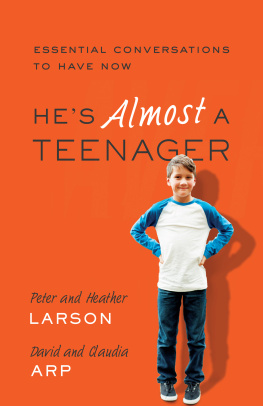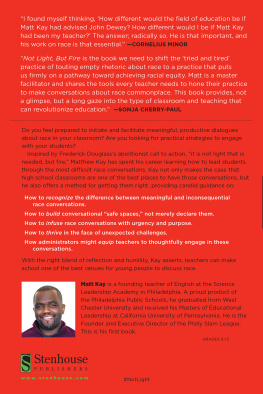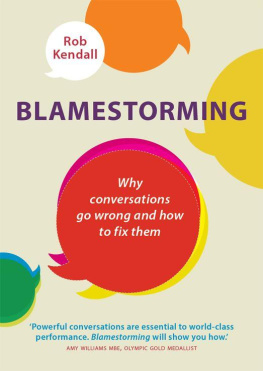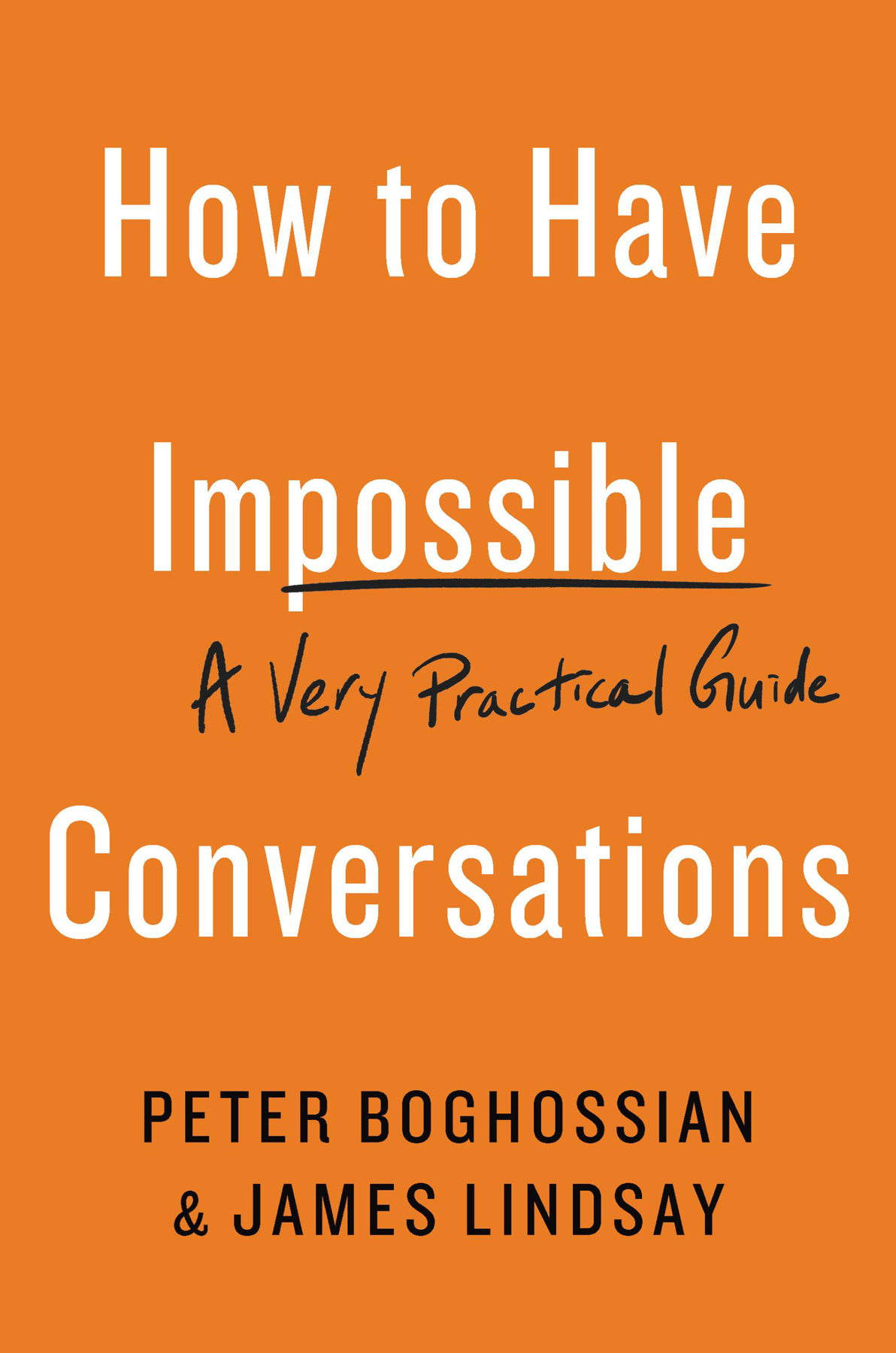Cover copyright 2019 Hachette Book Group, Inc.
Hachette Book Group supports the right to free expression and the value of copyright. The purpose of copyright is to encourage writers and artists to produce the creative works that enrich our culture.
The scanning, uploading, and distribution of this book without permission is a theft of the authors intellectual property. If you would like permission to use material from the book (other than for review purposes), please contact permissions@hbgusa.com. Thank you for your support of the authors rights.
Published by Lifelong Books, an imprint of Perseus Books, LLC, a subsidiary of Hachette Book Group, Inc. The Lifelong Books name and logo is a trademark of the Hachette Book Group.
The Hachette Speakers Bureau provides a wide range of authors for speaking events. To find out more, go to www.hachettespeakersbureau.com or call (866) 376-6591.
The publisher is not responsible for websites (or their content) that are not owned by the publisher.
Library of Congress Cataloging-in-Publication Data has been applied for.
Praise for
How to Have Impossible Conversations
This is a self-help book on how to argue effectively, conciliate, gently persuade. The authors admit to getting it wrong in their own past conversations. One by one, I recognize the same mistakes in me. The world would be a better place if everyone read this book.
Richard Dawkins, author of Science in the Soul and Outgrowing God
In a Free Republic there would be no impossible conversations, which begs the question: are we truly free anymore? After reading, listening, and conversing with Peter and James, I am convinced that they are the Galileos, I. Kant, and even William Tyndale of our time.
Glenn Beck
I thought I knew all I needed to know about conversations and arguments. I was wrong. I just knew a lot about debates and rows. In their insightful and highly readable new book, Peter Boghossian and James Lindsay offer all kinds of ingenious pathways to constructive dialogue. At a time when public discourse has degenerated into mud-slinging and when campuses favour every kind of diversity except viewpoint diversity, this is an invaluable contribution. I guarantee that reading it will make you moremuch morepersuasive.
Niall Ferguson, Milbank Family Senior Fellow, The Hoover Institution, Stanford
In these polarized times, people live inside social media echo chambers of their own extremism, growing ever more self-righteous. This smart, scientifically grounded book, teeming with social and emotional wisdom, teaches how to break that isolation and effectively converse with someone with very different opinions. It will make you more adept at challenging, even changing, someones beliefs, biases, and sacred values. And it might even pave the way for making some of those changes yourself.
Robert Sapolsky, John A. and Cynthia Fry Gunn Professor of Neurology and of Neurosurgery, Stanford University
Drs. Boghossian and Lindsay offer critical advice regarding how to talk about contentious issues in todays political climate. How to Have Impossible Conversations is a necessary guide to navigating disagreementsand building bridgesusing approaches backed by evidence and science.
Debra W. Soh, PhD, science columnist and political commentator
This fascinating book provides not only useful instruction on how to talk with someone who thinks differently, it also offers a powerful method of questioning and reducing confidence in unsubstantiated beliefs to help people think about what is true.
Helen Pluckrose, Editor, Areo Magazine
In the course of my work over the past quarter century I have been having impossible conversations with Holocaust deniers, creationists, anti-vaccination advocates, 9/11 Truthers, chemtrail conspiracy theorists, believers in astrology and ESP, proponents of alternative medicine, religious fundamentalists of many faiths, and dozens more people with whom I disagree vehemently. Ive gotten pretty good at it but I had no idea what I was doing until I read How to Have Impossible Conversations, a sterling compendium of the most effective techniques of communication. I wish Id had this important book at the start of my career as I would have saved myself many a fruitless dialogue. This book is the start of healing our contentious and divided age.
Michael Shermer, Publisher, Skeptic magazine, Presidential Fellow Chapman University, author of Why People Believe Weird Things, The Moral Arc, and Heavens on Earth, and for 18 years a monthly columnist for Scientific American
We live in a time when discussing controversial issues, even with good friends, is becoming almost impossible. Peter and James have written an indispensable road map to prevent us from heading off the cliff.
Dave Rubin, The Rubin Report
We have arrived at an impasse. It is everywhere, and feels permanent. As algorithms steer our attention, we are each locked within a warren of echo chambers. Each day, this digital water we swim in causes a deepening entrenchment of our beliefs, and a growing willingness to caricature our opponents. When forced into contact with the other, we are repelled, indignant. How could anyone be so stupid? And we are shocked to discover the one thing that unites us with them is that they feel exactly the same way in return! It is not hard to spot the danger in this dynamic. It undermines the most basic logic of democracy, and threatens to derange the west, if not the world. But Boghossian and Lindsay have drawn up a plan to bridge the divide. They have bottled an antidote: A how to guide for talking to the enemy. Each drawing on decades of experience having impossible conversations, the authors have written what may be the ultimate instruction manual for crossing enemy lines and living to tell the tale. And not a moment too soon.
Bret Weinstein, PhD
There are two ways to participate in civil conversations in our hyper-politicized agebuild a time machine, or read this book.
Marc Andreessen, General Partner, Andreessen Horowitz
To our families
T HIS BOOK IS ABOUT HOW TO COMMUNICATE EFFECTIVELY WITH people who hold radically different beliefs. We live in a divided, polarized era, and were not talking with each other. The repercussions of this are vast and deep, including the fear of speaking openly and honestly, an inability to solve shared problems, and lost friendships.
C ONVERSING WITH AN A SSHOLE
Nearly two decades ago, one of this books authors, Peter, was discussing affirmative action with a colleague (SDL), a white female who described herself as a liberal. As conversations about controversial topics tend to do, it quickly became heated. Then, as is par for the course in these situations, before long it went downhill, fast. Lets take a look back:
SDL: You keep denying that it [affirmative action] is fair.
Boghossian: Yeah, thats because its not. Whos it fair to?
SDL: I told you already. Traditionally marginalized groups, like African Americans. Theyre coming from a deficit. They didnt have the same opportunities that you and I had.








